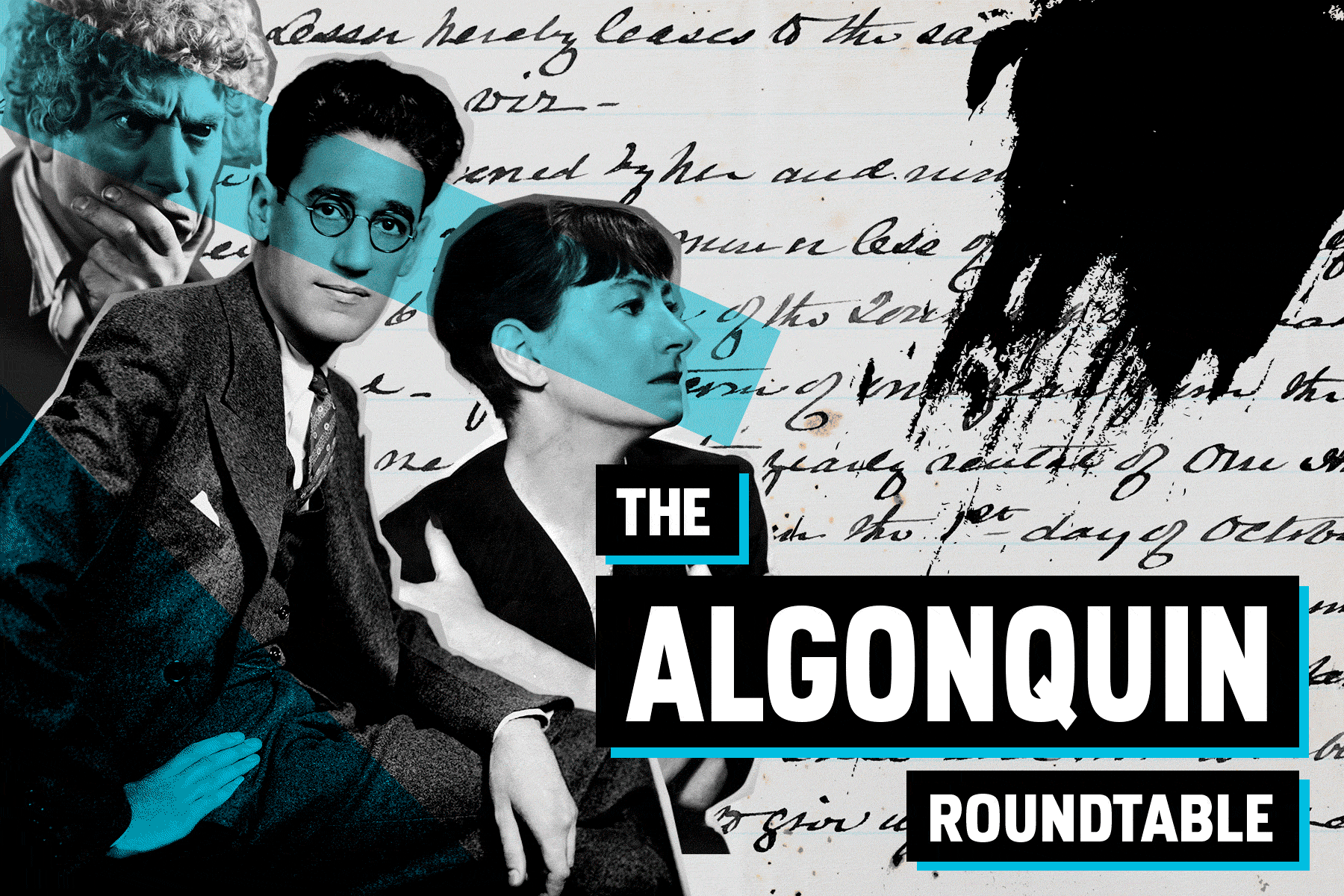
- Home |
- Search Results |
- The greatest literary groups in history
Artists have long been drawn to like-minded peers – those who share their political values, their work ethic, or their insatiable taste for wild living. And just as Andy Warhol turned his New York studio into a tinfoil-festooned hangout for collaborators and muses such as the Velvet Underground, David Bowie, Grace Jones and the model Edie Sedgwick, literary bubbles for writers of a certain bent have long been standard in the world of literature.
So – from Virginia Woolf to J. R. R. Tolkien, Ernest Hemingway to Richard Wright – here are eight of the most fertile literary circles in history. And if you had a time machine – and something smart to say – which would you most likely belong to?
The Bloomsbury Set
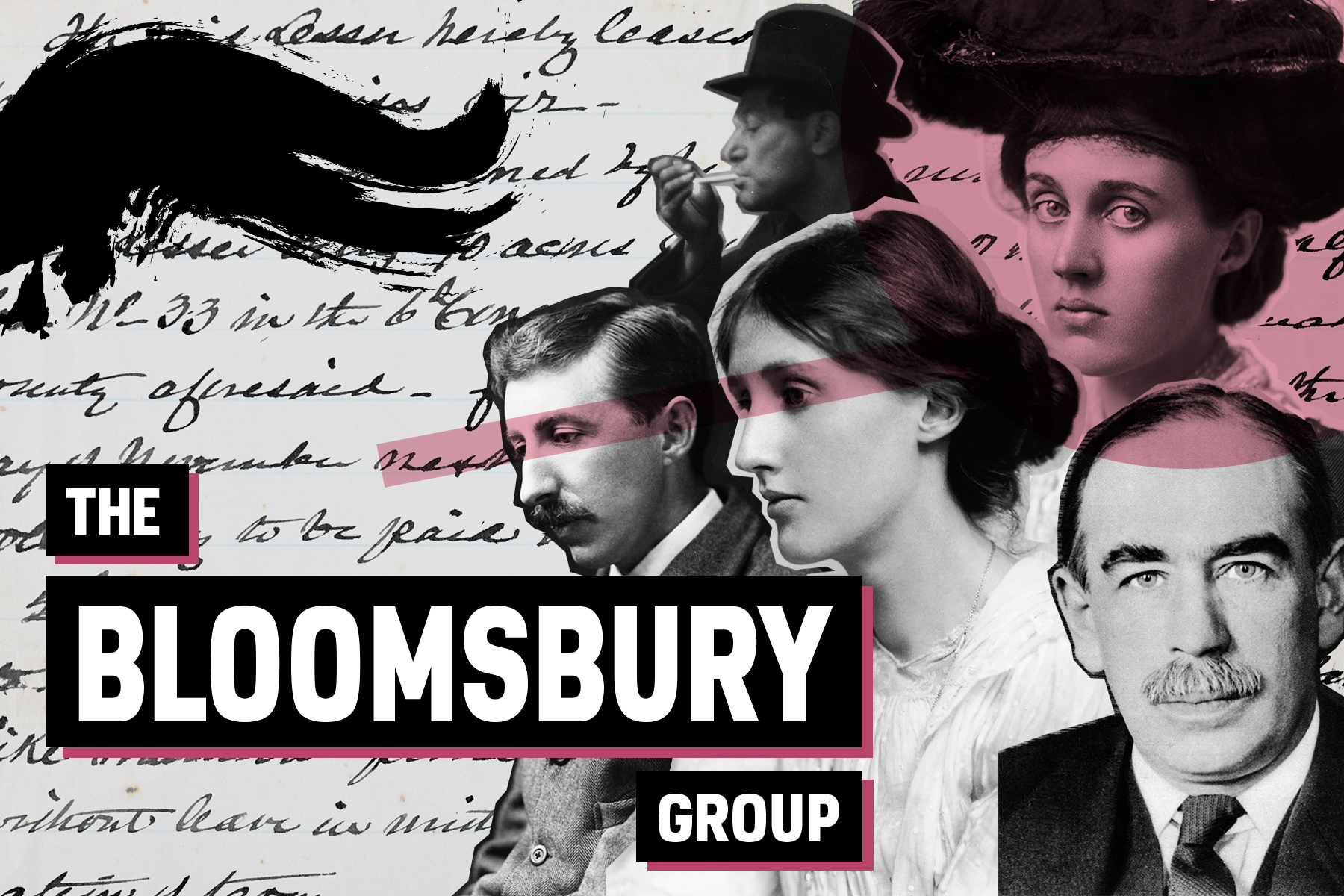
Years active: 1907 to 1930
Notable members: Virginia Woolf, E. M. Forster, economist John Maynard Keynes, critic Clive Bell and painters Vanessa Bell and Duncan Grant, while Bertrand Russell, Aldous Huxley, and T. S. Eliot were known to have popped in from time to time.
The group: They were a highly privileged, hard-working, free-thinking group of bohemians who, it was said, “lived in squares and loved in triangles”. The group, which was pretty much open to anybody who fitted the mould, met every Thursday for food and drinks at Vanessa Bell's home in London's then-bohemian Bloomsbury.
There they shared ideas, supported each other's creative whims and got up to all sorts of nocturnal shenanigans. There were affairs (of all the headline sexual persuasions), and fall outs, but somehow the circle managed to survive in its original form through 23 years and a world war.
As Virginia Woolf once said, the group “worked out a view of life which was not by any means corrupt or sinister or merely intellectual that… keeps them dining together, and staying together, after 20 years; and no amount of quarrelling or success, or failure has altered this."
Further Reading: A Room with a View by E. M. Forster, A Room of One's Own by Virginia Wolf
Stratford-on-Odeon
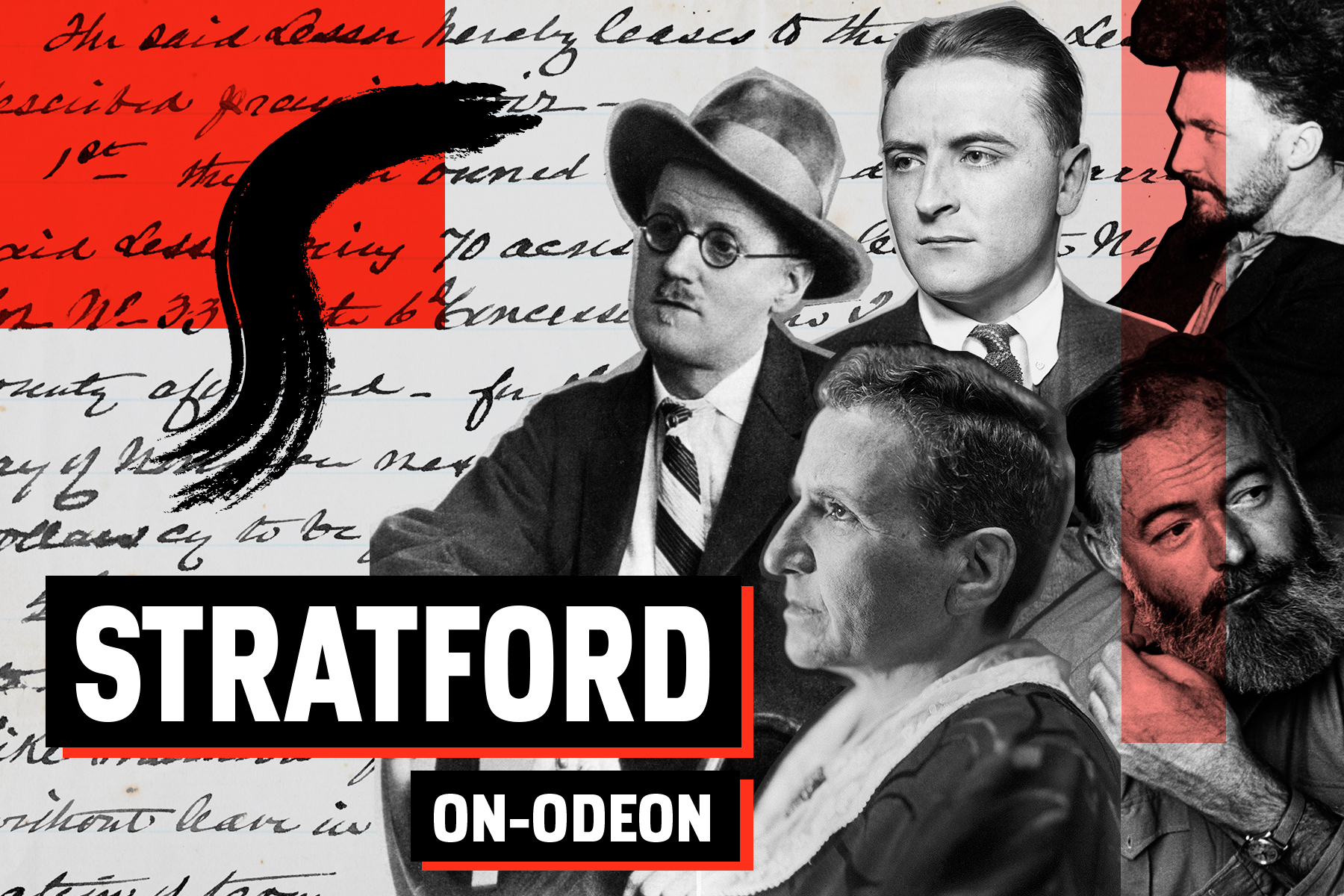
Years active: 1920s
Members: Ernest Hemingway, James Joyce, F. Scott Fitzgerald, Gertrude Stein, poet Ezra Pound.
The group: Stratford-on-Odeon was what James Joyce dubbed the fabled bookshop Shakespeare & Company on Paris' Rue de l’Odéon, which by the 1920s had become a haven for expat writers of the time. They met at the bookstore to share ideas and read each other's work, but the real action usually happened in the bars and cafes around the city's Left Bank.
To this group of friends, nothing greased the mind's gears better than booze. "You're a rummy, but no more than most good writers are," Hemingway once told Scott Fitzgerald, who himself called alcohol the “writer's vice”.
Even Joyce – a half-blind, wispy bike-spoke of a man – used to get so drunk with Hemingway that he'd allegedly pick fights in bars, before side-stepping behind his tough-knuckled companion, shouting, “Deal with him, Hemingway. Deal with him!” (watch this terrific news reel footage from the time). The Death in the Afternoon author, no doubt, was happy to oblige.
Further reading: Fiesta by Ernest Hemingway, Ulysses by James Joyce, This Side of Paradise by F. Scott Fitzgerald.
The “Mandarins”
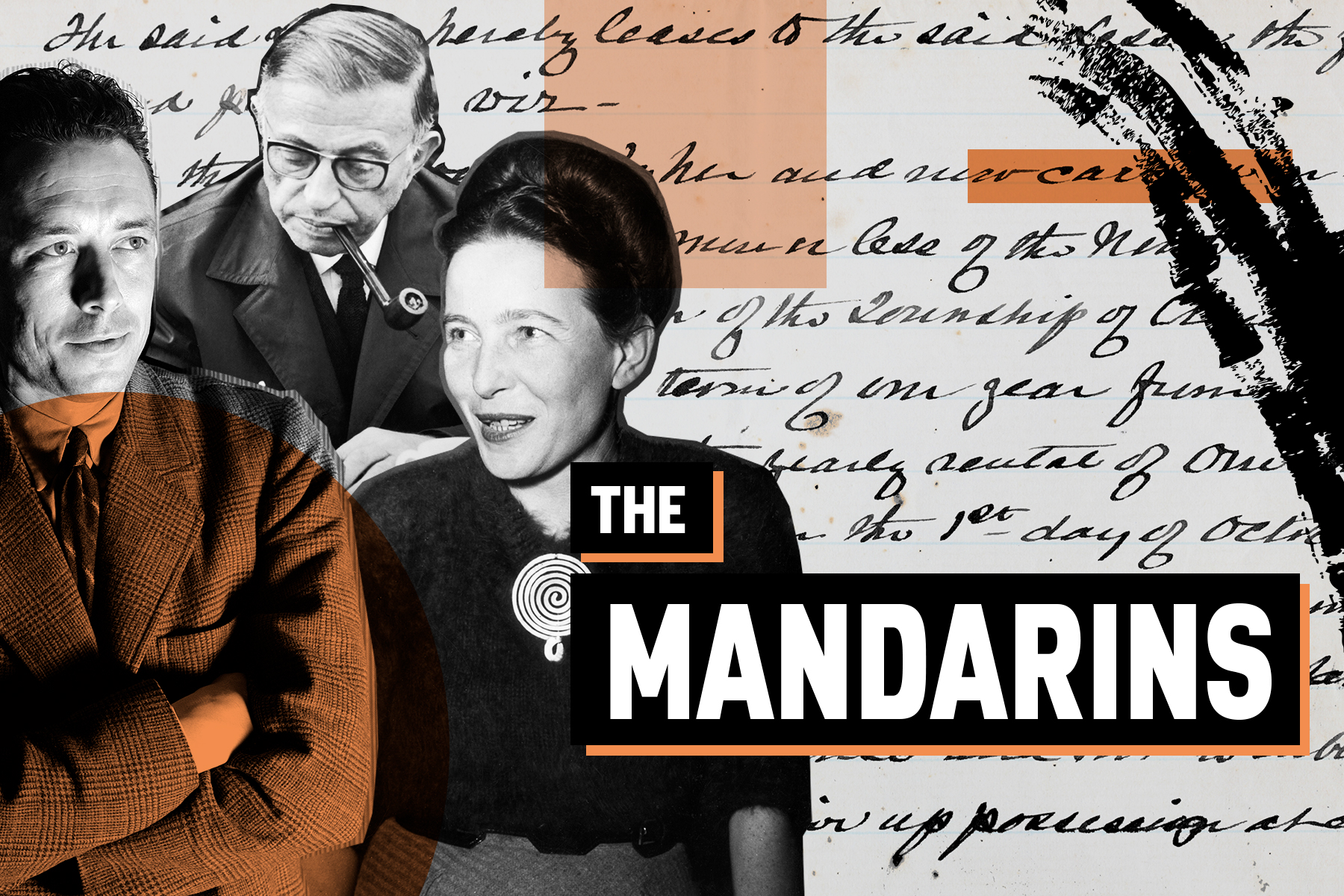
Years active: 1943-1952
Members: Albert Camus, Jean-Paul Sartre and Simone de Beauvoir.
The group: "My dear Sartre," Albert Camus wrote to his friend Jean-Paul Sartre. "I hope you and Castor are working a lot … let me know when you return and we will have a relaxed evening.” (Castor was Sartre's pet name for Simone de Beauvoir, with whom he had an open “marriage”)
The Mandarins wasn't the actual name of a group of friends, but what Beauvoir named her 1954 roman à clef, a thinly veiled portrait of a close-knit group of French intellectuals with whom she hung out in post-war Paris of the 1940s.
By then, Camus, Sartre, Beauvoir were already legendary writers in their own rights, rebels with many causes, and the leaders of what you might call the first post-war youthquake: existentialism – a philosophy that rejected all forms of control (including religion, class and marriage) in favour of freedom, of body, spirit and, above all, choice.
The trio, and various friends, would spend long nights in Paris jazz bars drinking, dancing, seducing. But as years passed, the friendship between Sartre and Camus – who also apparently competed over women themselves – grew spikier, ultimately collapsing under an ideological fallout from which the group never recovered.
Further reading: The Mandarins by Simone de Beauvoir, The Age of Reason by Jean-Paul Sartre, The Myth of Sisyphus by Albert Camus.
The Inklings
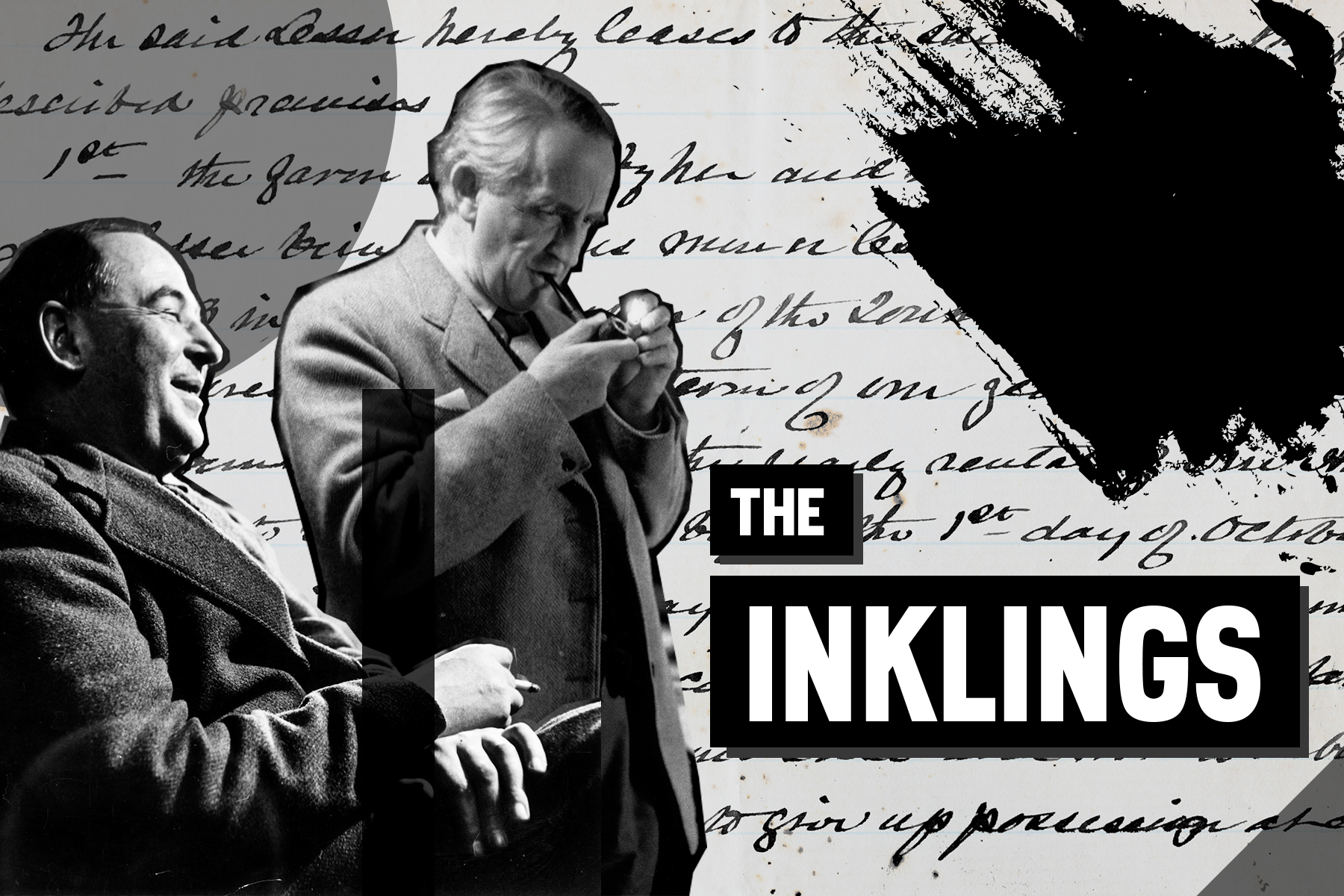
Years active: the 1930s and 1940s
Members: A handful of Oxford University-based writers and academics, including J.R.R. Tolkien, C.S. Lewis and Charles Williams.
The group: “The qualifications,” wrote C. S. Lewis when he invited Charles Williams to join his “informal club”, “are a tendency to write, and Christianity.” That was all that mattered to Lewis when he and J. R. R. Tolkien founded The Inklings.
You can almost see the tweeded bunch through a fog of pipe smoke, plunged deep into leather armchairs until late at night, as they passed around the tobacco-stained manuscript of The Lord of the Rings. It was there, in Lewis' rooms, that the group debated religion and read aloud their work. They drank, too, mostly down the nearby Eagle and Child pub, and played games, like competing over who could read the infamously bad prose of Amanda McKittrick Ros for the longest without laughing.
“Properly speaking,” wrote W.H. Lewis, another member, the Inklings “was neither a club nor a literary society, though it partook of the nature of both. There were no rules, officers, agendas, or formal elections.”
Further reading: The Lord of the Rings trilogy by J. R. R. Tolkien, Out of the Silent Planet by C. S. Lewis, All Hallows' Eve by Charles Williams
The Algonquin Roundtable
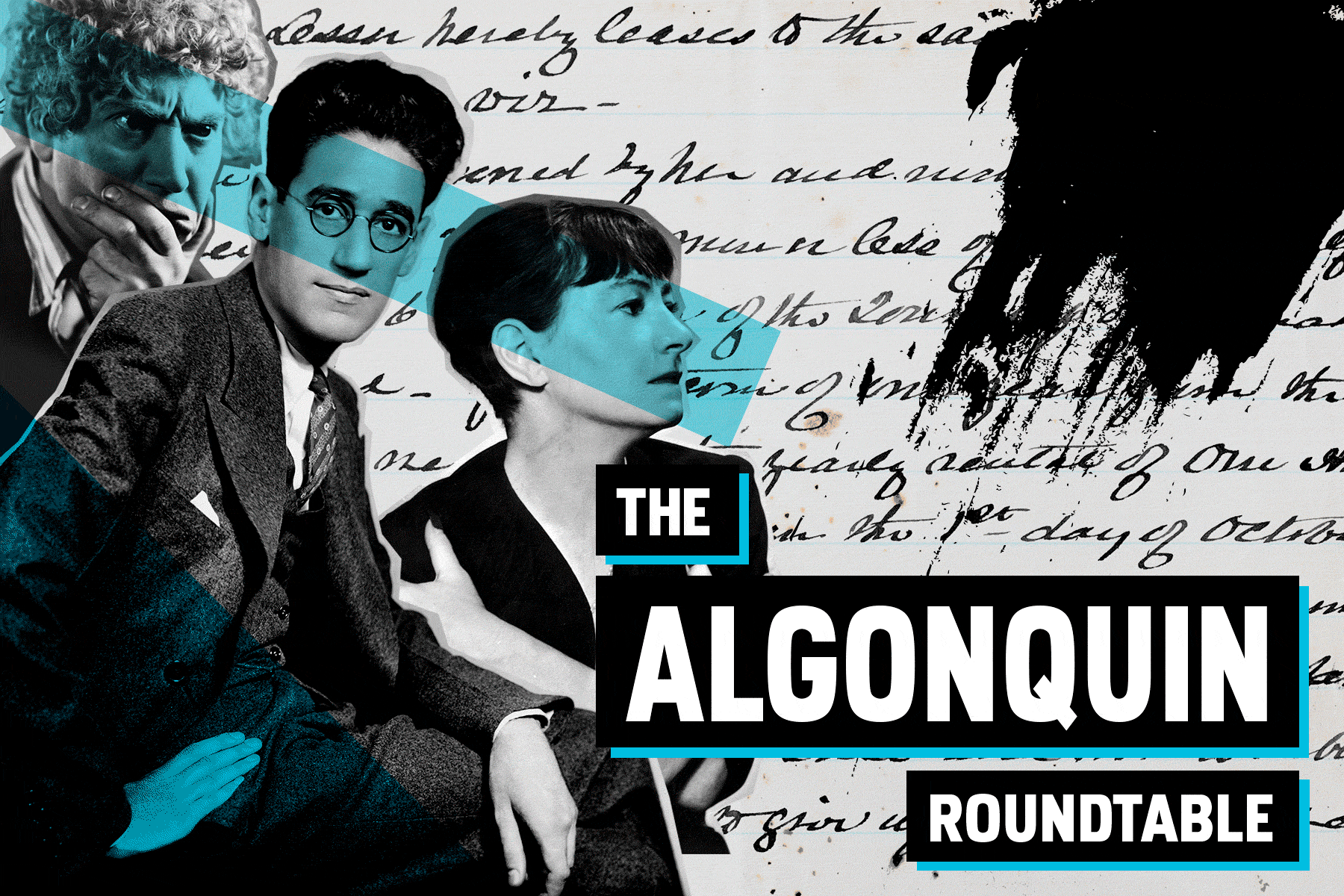
Years active: 1919-1929
Members: New York-based playwrights, actors, critics and comedians including George Kaufman, Dorothy Parker, Harold Ross (founder of The New Yorker), Edna Ferber and humorists Robert Benchley and Harpo Marx.
The group: There was a brief period after the First World War where optimism and frivolity were the ticket – a time for levity in the face of despair. And with it came a brave new wave of creativity in America.
Every lunchtime for the best part of a decade, a group of wisecracking tastemakers met in the swanky Algonquin Hotel to road test gags for copy, throw barbs and battle wits (it was there that Dorothy Parker, when challenged to use the word “horticulture” in a sentence, famously quipped: 'You can lead a whore to culture but you can't make her think'.)
The lunches throbbed with ego. People even came to watch them. It was also within those oak-panelled walls that Harold Ross founded The New Yorker magazine, and brought in many of the crew to write for him.
But the knives came out when things got tasty. Edna Ferber called them “The Poison Squad", writing: “They were actually merciless if they disapproved. I have never encountered a more hard-bitten crew. But if they liked what you had done, they did say so publicly and whole-heartedly.”
Further reading: The Collected Dorothy Parker by Dorothy Parker, So Big by Edna Ferber
The Harlem Renaissance (aka "New Negro Movement")
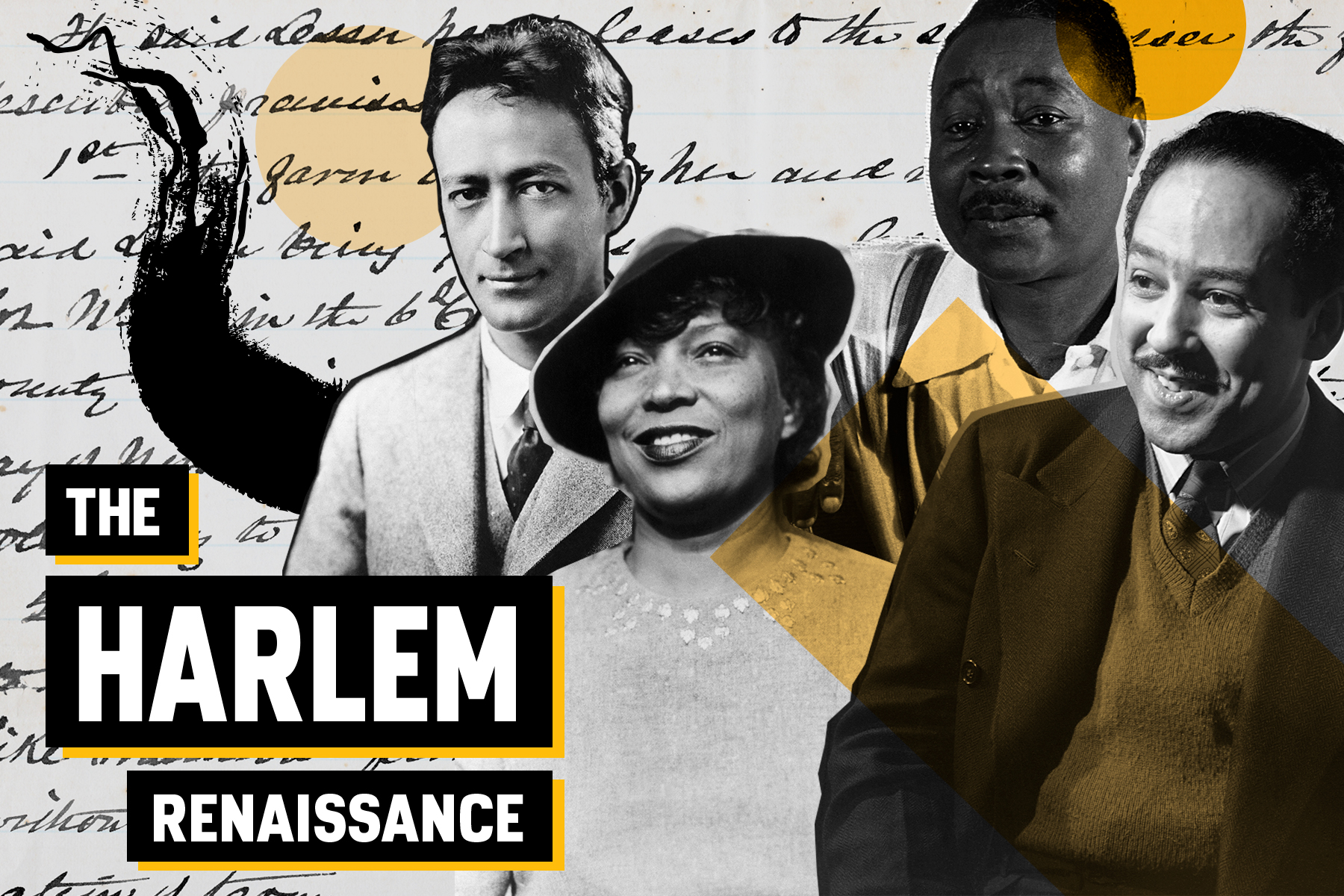
Years active: the 1920s and 1930s
Members: Langston Hughes, Zora Neale Hurston, Jean Toomer, Claude McKay and 20 or so other black New-York based writers of the 1920s.
The group: More a movement than a physical group, this was the coming together of like minds to promote new African American writing and ideas, calling out racial prejudice and giving a voice to the unheard.
It was the brainchild of magazine editor Wallace Thurman, Langston Hughes and Zora Neale Hurston. Thurman and Hughes threw legendary blowouts at their New York digs, while Hurston held knees-ups at her apartment (she reportedly would put a pot on the stove, and demand every guest bring something to put in her stew, before the fun could start).
Such was their charisma and creative clout, that their collective voice rang out like a klaxon, revving a cultural juggernaut that marked the first time in US history that white American's took literature by African Americans seriously. As one member, the philosopher Alain Locke, wrote at the time: “Negro life is seizing its first chances for group expression and self-determination."
Further Reading: The Weary Blues by Langston Hughes, Their Eyes Were Watching God by Zora Neale Hurston and Jean Toomer's Cane.
The February House
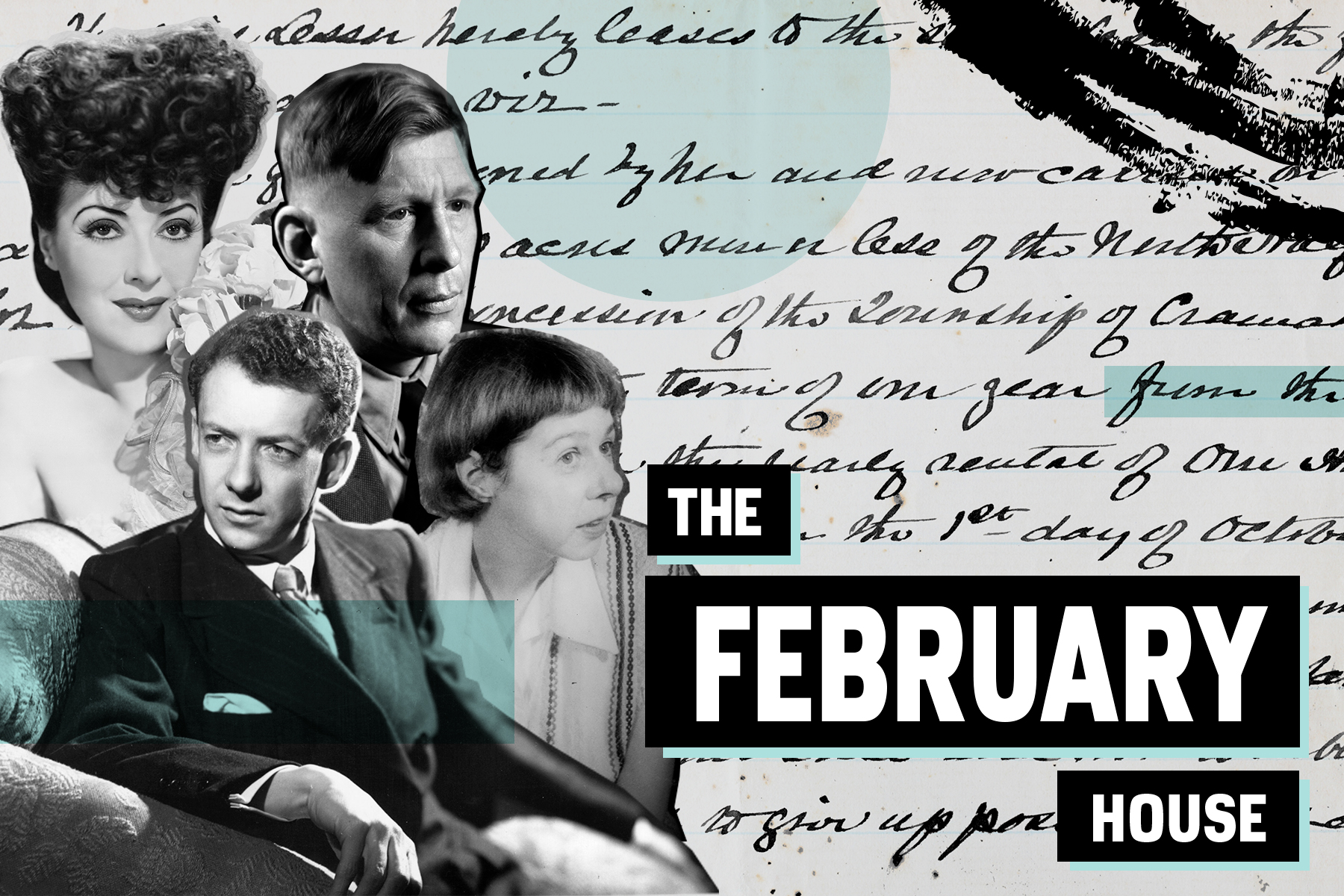
Years active: 1940
Notable members: W. H. Auden, Carson McCullers, Paul and Jane Bowl, as well as composer Benjamin Britten, the tenor Peter Pears, and striptease legend Gypsy Rose Lee.
The group: Perhaps the most eclectic collective of this list, The February House was a literary commune in the heart of New York's Brooklyn where some of the time's most fertile minds spent a year drinking, fighting and working late into the night.
It was in that atmosphere of bohemian abandon that McCullers blueprinted her two masterpieces, The Member of the Wedding and The Ballad of the Sad Café. It was where Auden helped Britten pull together his first opera, Paul Bunyan. And where Auden also mentored Jane Bowl on her novel Two Sophisticated Ladies. Oh, and it's where, upstairs, burlesque superstar Gypsy Rose Lee, typed out her first thriller, The G-String Murders.
But it was still a houseshare, so there was tension. The group nicknamed Auden “Miss Mess” because of his untidiness, and insistence on collecting everyone's rent. And Paul and Jane Bowl's rows were so fierce that Jane was once heard chasing her husband about the bedroom shouting, "I'll get you for this. You've ruined my uterus."
But, despite all the drama, it became - according to Sherril Tippins in her extraordinary biography of the collective, February House - one of the “most fertile and improbable live-in salons of the twentieth century”.
Further reading: The Ballad of the Sad Café by Carson McCullers, The Age of Anxiety by W. H. Auden
The South Side Writers' Group
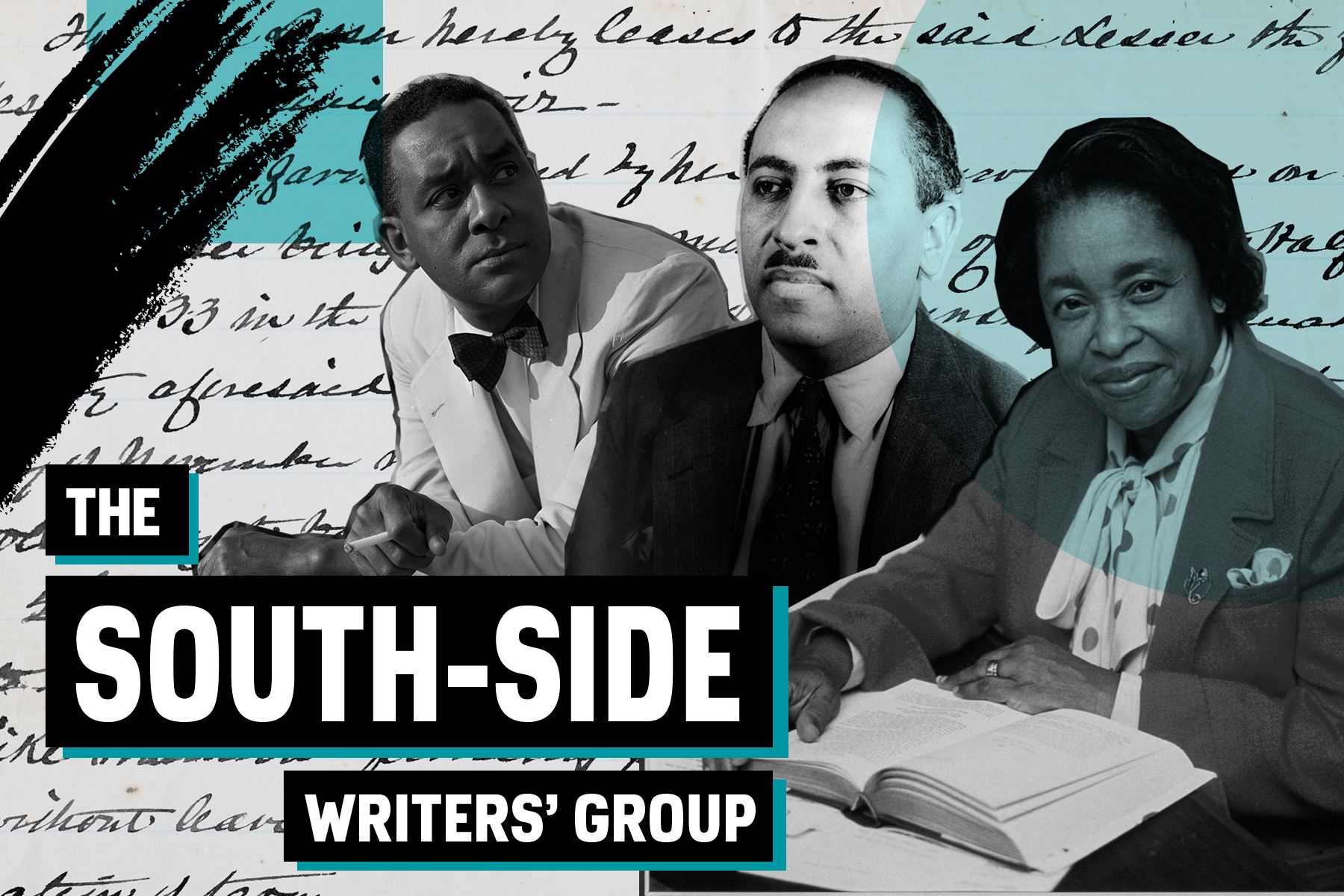
Years active: the 1930s and 1940s
Notable members: More than 20 African American writers and poets from Chicago, including Richard Wright, Frank Marshall Davis, Arna Bontemps, and Margaret Walker.
The group: By the 1930s, as an exodus of African Americans fled the oppressive deep south, the South Side of Chicago had become a cauldron of political and artistic energy. At its centre was the South Side Writers' Group.
A hotbed of creative muscle, it included more than 20 writers with a bent for social realism, Marxism and rage.
Founded in 1936 by Frank Marshall Davis and Richard Wright – whose novel Native Son would later become one of the most important works of African American literature ever written – they met ever second Sunday at the Abraham Lincoln Centre, an important cultural centre in the city's “Black Belt”.
“For the first time in American history, black writers were coming together to discuss their task as black writers,” wrote Wright's biographer Hazel Rowley. “Whereas their Harlem predecessors looked back with nostalgia on their rural Southern past and folk culture, the Chicago writers… wrote with a new urban toughness, influenced by the Depression and Marxism.”
It contained a chorus of big voices, but Richard Wright was its star. As Frank Marshall Davis put it: “At one meeting [Wright] read 'Big Boy Leaves Home.' … When he finished, nobody spoke for several minutes. We were too much moved by his power… Frankly I was overwhelmed. We realised this was a major talent, but none of us dreamed of how great he would become.”
Further reading: Native Son by Richard Wright, This Is My Century by Margaret Walker
The Dil Pickle Club
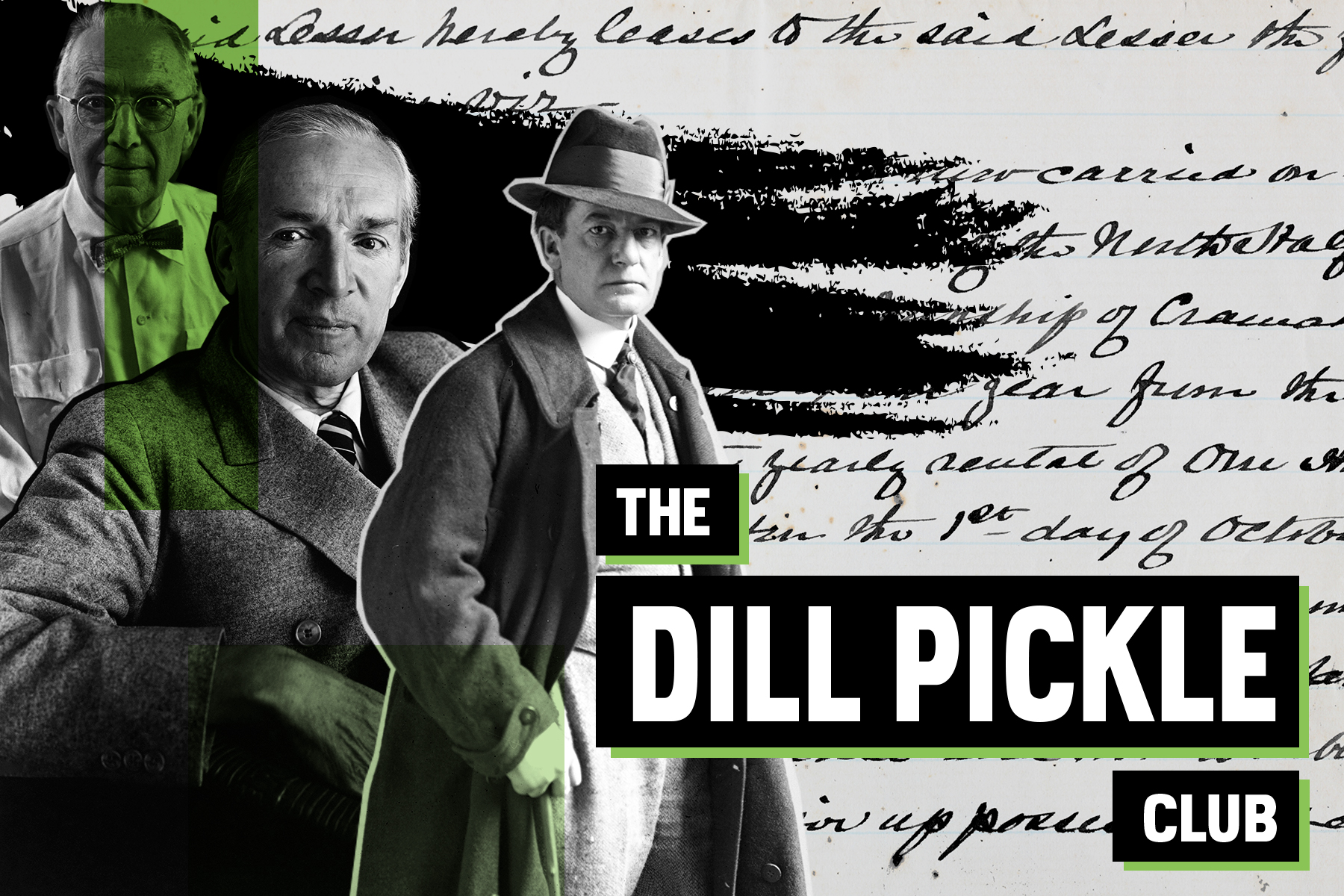
Years active: 1917-1935
Notable members: Upton Sinclair, Sherwood Anderson, Carl Sandberg, Djuna Barnes and William Carlos Williams.
The group: The Dill Pickle Club was a bohemian speakeasy in the heart of Chicago where various writers during the inter-war years would meet, watch cabaret, drink whiskey and experiment with their ideas.
A “hole-in-the-wall” bar, there was no sign above its metal door, only the word “DANGER”. Then, on the door, it read: "Step High, Stoop Low and Leave Your Dignity Outside."
It was known as a place of creativity and vice, frequented by a menagerie of life from Chicago's creative belt, from prostitutes to con men, socialists to scientists, playwrites, poets and writers. There, such literary heavyweights as Upton Sinclair, Sherwood Anderson and William Carlos Williams would share plays, poetry readings, dances, and more until the early hours.
Of its ethos, founder Jack Jones once said: “The various groups responsible for [its] formation had one idea in mind: the thought that there should be some center where any idea or work would be given a respectful hearing and brought before the public, which in the last analysis are the best judges of what they want.”
Further reading: The Jungle by Upton Sinclair, Winesburg, Ohio by Sherwood Anderson, Death the Barber by William Carlos Williams.